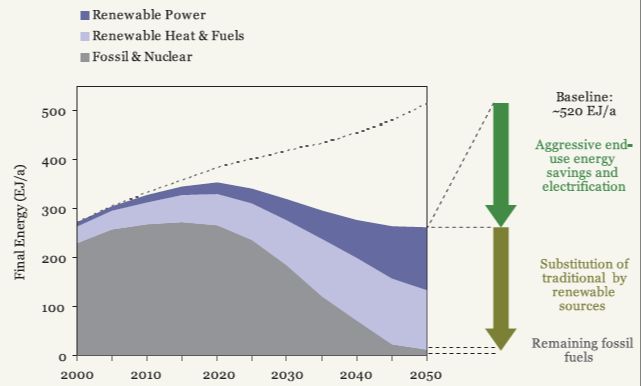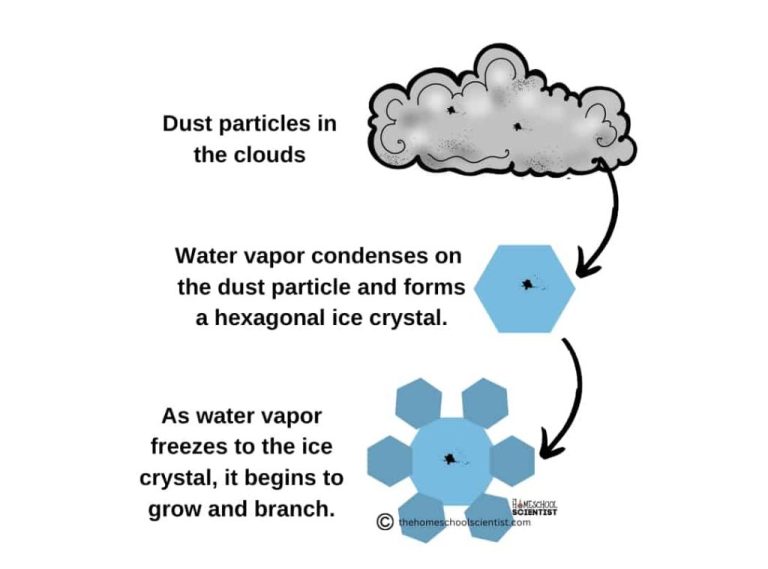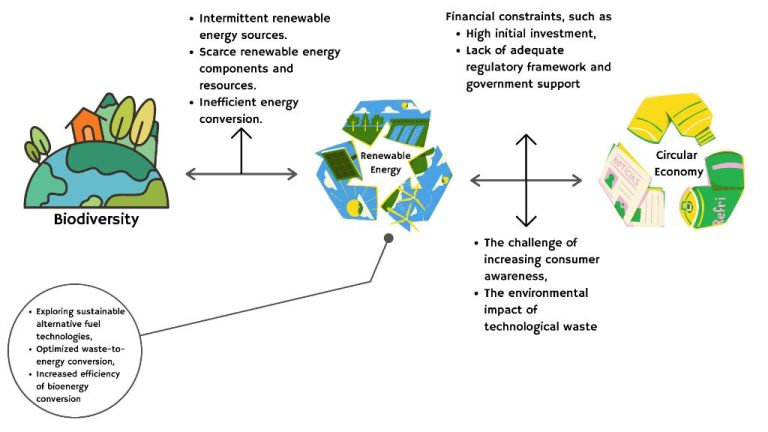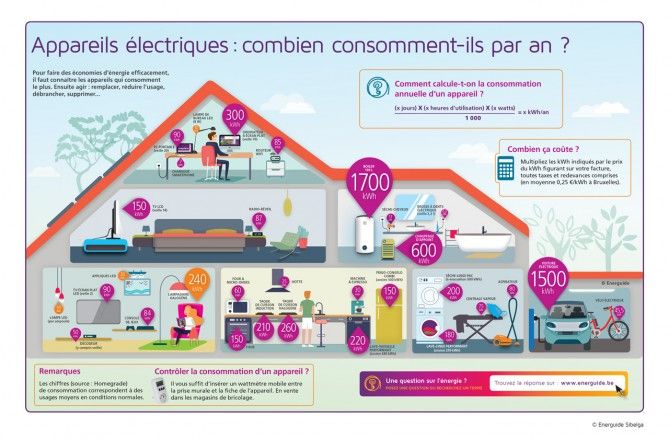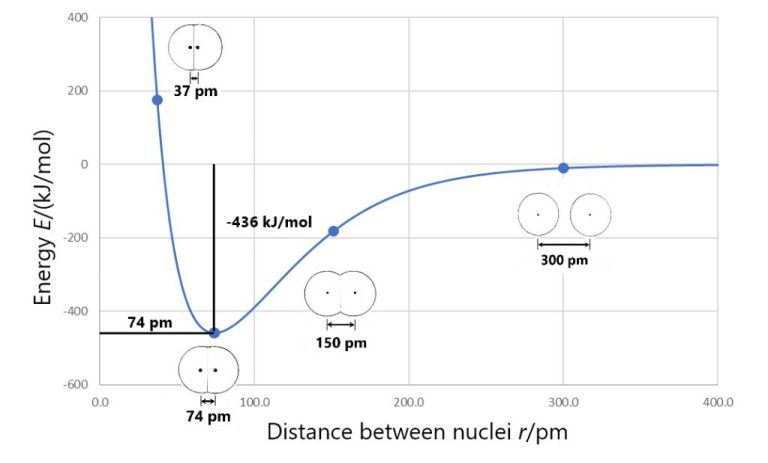Is Spring Potential Energy In Joules?
Introducing Spring Potential Energy
Spring potential energy refers to the stored energy in a spring due to deformation or compression. When a spring is stretched or compressed by some external force, it develops an internal restoring force that allows it to return to its original shape once the external force is removed. As the spring is stretched or compressed, it gains potential energy due to work being done against the internal restoring force.
A simple example is compressing a spring on a toy pop gun. As you compress the spring, you are doing work against the spring’s internal restoring force, and this work gets stored in the spring as potential energy. When you release the spring, this stored potential energy converts back into kinetic energy as the spring decompresses and pushes the toy dart out of the barrel.
The Physics of Spring Potential Energy
The physics behind spring potential energy lies in Hooke’s law, which states that the force a spring exerts is proportional to how much it has been displaced from its relaxed length. Mathematically, this is expressed as:
F = -kx
Where F is the spring force, k is the spring constant, and x is the displacement from the spring’s relaxed length. The minus sign indicates the spring force acts in the opposite direction of the displacement.
As an example, if a spring has a k value of 10 N/m, and is stretched 0.2 m from its relaxed length, the spring force exerted will be F = -10 N/m * 0.2 m = -2 N. The negative sign shows the spring pulls back in the opposite direction of the stretching displacement.
To calculate the potential energy stored in a spring, we use the formula:
PE = 1/2 kx2
Where k is again the spring constant, and x is the displacement from the spring’s relaxed length. This formula shows us that the potential energy stored in a spring increases quadratically with displacement, since x is squared. The 1/2 factor comes from some underlying calculus math when deriving the formula.
So for a spring with k=10 N/m stretched 0.2 m, the potential energy stored is:
PE = 0.5 * 10 N/m * (0.2 m)2 = 0.2 Joules
This demonstrates how the physics of Hooke’s law and displacement relate to calculating the potential energy stored in a stretched or compressed spring.
Units of Spring Potential Energy
Spring potential energy is measured in joules, which is the standard SI unit of energy. The joule is defined as the amount of work done by a force of one newton when it acts to move an object by one meter.
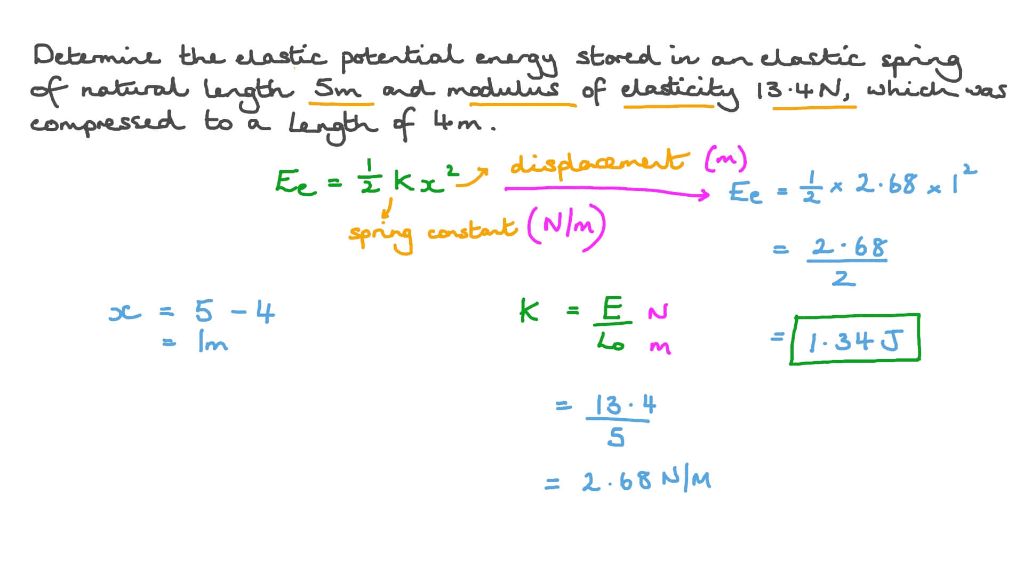
To understand this in terms of springs specifically, imagine a spring that extends or compresses by 1 meter when a force of 1 newton is applied. The energy stored in that spring would be 1 joule of potential energy.
The units are directly related, with 1 newton equaling 1 kg×m/s2. So a force of 1 newton over a distance of 1 meter results in 1 kg×m2/s2, which equals 1 joule.
So in summary, the potential energy stored in a spring is calculated based on the spring constant (k) which relates force and distance. The resulting energy is measured in joules, with springs storing more potential energy the more they are displaced by an applied force.
Real World Examples
Springs are found in many everyday objects and serve as a great practical example of storing potential energy. Some common examples include:
- Mattresses – The springs inside a mattress compress when you lie on it, storing potential energy. When you get up, the springs decompress and release this energy.
- Trampolines – The springs that make up the surface of a trampoline store potential energy when you jump on it and compress them. As you bounce, this potential energy is converted to kinetic energy.
- Suspension springs – The springs used in the suspension system of cars and trucks compress when weight is added, storing potential energy. As you drive over bumps, this potential energy is released to provide a smooth ride.
In all these examples, the elastic nature of metal springs allows them to store mechanical potential energy when deformed. This energy can later be released to launch objects upwards or provide a cushioning effect. Springs are a great way to see potential energy in action in everyday objects.
Comparing to Other Types of PE
Spring potential energy differs from other common types of potential energy like gravitational potential energy, elastic potential energy, and chemical potential energy. While all these forms represent energy stored in an object due to its position or chemical composition, they each have unique properties.
Gravitational potential energy depends on an object’s height above the ground in a gravitational field. The higher the object, the more PE it possesses. Elastic potential energy refers to energy stored in elastic materials when they are stretched or compressed. The more an elastic is deformed, the greater its elastic PE. Chemical potential energy exists in the atomic and molecular bonds within chemical substances. When these bonds are broken or formed, energy is absorbed or released.
In contrast, spring potential energy refers specifically to energy stored within a compressed or stretched spring. This energy comes from the spring’s material deforming when a force is applied. The amount of deformation corresponds to the amount of PE. Unlike forms like chemical PE, spring PE has no dependence on molecular bonds or chemical composition. It relies solely on the physical compression or stretching of a spring.
While types of PE like gravitational and elastic can apply to springs, spring PE is unique in that it applies only to deformations of spring systems specifically. The mechanics and calculations are tailored to springs. This makes spring PE distinct from other classic forms of potential energy.
PE to KE Conversion
One of the fundamental principles of physics is that energy can change forms while the total amount of energy remains constant. This applies to spring potential energy (PE), which can be converted into kinetic energy (KE).
When a spring is compressed or stretched from its relaxed position, it stores elastic potential energy. This PE is proportional to the spring constant (k) and the amount of compression or stretch squared (x2). The energy is stored in the deformation of the spring’s coils and released when the spring returns to its original shape.
As the spring decompresses and accelerates back to its relaxed position, the stored PE gets converted to KE. This kinetic energy goes into the motion and velocity of the spring as it recoils. The maximum KE occurs right when the spring passes through its equilibrium point, where the PE is at a minimum.
A common example is a slingshot. When you pull back the rubber bands, you add PE. As you release, that PE transfers to the projectile to give it KE to fly through the air. The same applies to spring-loaded toys, elastic bands, bungee cords, and any device where a spring unleashes its stored energy.
The conversion between spring PE and KE demonstrates the conservation of mechanical energy in action. The spring provides a way to store energy in one form and release it in controlled bursts as useful motion and velocity.
Measuring Spring PE
The potential energy stored in a spring can be calculated experimentally by measuring the force exerted by the spring and its displacement from rest position. The equation for spring potential energy is:
PE = 1/2 k x2
Where:
- PE is the potential energy in joules (J)
- k is the spring constant in newtons per meter (N/m)
- x is the displacement of the spring from its rest position in meters (m)
To measure spring potential energy:
- Measure the spring constant (k) by hanging known weights from the spring and measuring the displacement caused by each weight.
- Plot force (F = mg) vs. displacement to obtain k as the slope of the line.
- Secure the spring in a fixed position and measure its rest length.
- Apply a force to stretch or compress the spring by a measured displacement (x).
- Use the measured k and x values to calculate PE using the spring PE equation.
By following these steps, the potential energy stored in a spring can be experimentally determined from measurements of force and displacement. This demonstrates the relationship between spring force, displacement, and stored elastic potential energy.
Applications and Uses of Spring Potential Energy
Spring potential energy has many useful applications in the real world. One of the most common uses is in toys. Toy cars, planes, and other playthings often use springs to store mechanical energy. Pulling back on the toy stores elastic potential energy in the spring. When released, this energy converts to kinetic energy as the spring pushes the toy forward. The spring essentially acts like a rechargeable battery, storing energy that can be used over and over again to power movement.
Springs are also important components of many mechanisms and machines. The ability of a spring to store energy allows it to act as a shock absorber or cushion fluctuations in force. For example, springs are used in vehicle suspension systems to absorb bumps and vibration from the road. They are also often part of latches, locks, and safety valves that need to open and close automatically. The spring can store energy to provide the force and motion needed for the mechanism to function.
On an industrial scale, springs can be used to store energy in power plants and energy storage systems. Compressing springs requires energy and this can be released later on when needed. Pumped hydroelectric plants use gravity to compress giant springs during low energy demand periods. The energy is released by the springs flowing back during high demand times. Springs are also being used in experimental rail guns and renewable energy systems to store mechanical energy.
So in summary, the unique ability of springs to elastically store mechanical energy makes them extremely useful components in toys, mechanisms, power systems, and many other applications. Their ability to act as rechargeable mechanical batteries is what underlies most applications and uses of spring potential energy.
Frequently Asked Questions
Spring potential energy can be a tricky topic, so here are answers to some common questions about its units and calculations:
What are the units of spring potential energy?
The SI unit for spring potential energy is joules (J). This is because spring potential energy is a form of mechanical potential energy, and all mechanical potential energies are measured in joules.
How do you calculate spring potential energy?
The formula for spring potential energy is: PE = 1⁄2kx2 where k is the spring constant and x is the displacement from equilibrium. So you need to know the spring constant, how much the spring has been stretched or compressed, and plug those values into the formula.
What’s a real-world example of spring potential energy?
A common example is a slingshot. When you pull back the rubber band, you are storing potential energy in the stretched rubber. When you release, that potential energy converts to kinetic energy as the projectile flies through the air.
How is spring potential energy converted to kinetic energy?
When a stretched or compressed spring is allowed to relax to its equilibrium position, the stored potential energy is converted into kinetic energy as the spring recoils. This kinetic energy goes into making the spring oscillate back and forth.
Can spring potential energy be negative?
Yes, spring potential energy can be negative if the spring is compressed rather than stretched. The reference point of zero potential energy is when the spring is at its rest length. So compressing the spring gives it negative potential energy.
Summary
Spring potential energy, often abbreviated as PEspring, refers to the stored energy within a spring that is compressed or stretched from its natural resting position. The potential energy results from the elasticity of the spring and its tendency to return to its original shape.
The key points about PEspring are:
- It is measured in joules (J), the SI unit for all forms of energy.
- The amount of PEspring depends on the spring constant k and the displacement x of the spring from its equilibrium.
- The formula to calculate PEspring is: PEspring = 1⁄2kx2
- Real-world examples include trampolines, slingshots, and spring-loaded toys.
- PEspring can be converted to kinetic energy when the spring is released and allowed to return to its natural length.
- Measuring the compression distance and knowing the spring constant allows calculation of PEspring.
- Key applications include shock absorption, launching projectiles, and storing energy.
In summary, spring potential energy is stored in compressed or stretched springs and can be precisely calculated using the spring constant and displacement. This potential energy can be tapped and converted into kinetic energy for useful applications.

